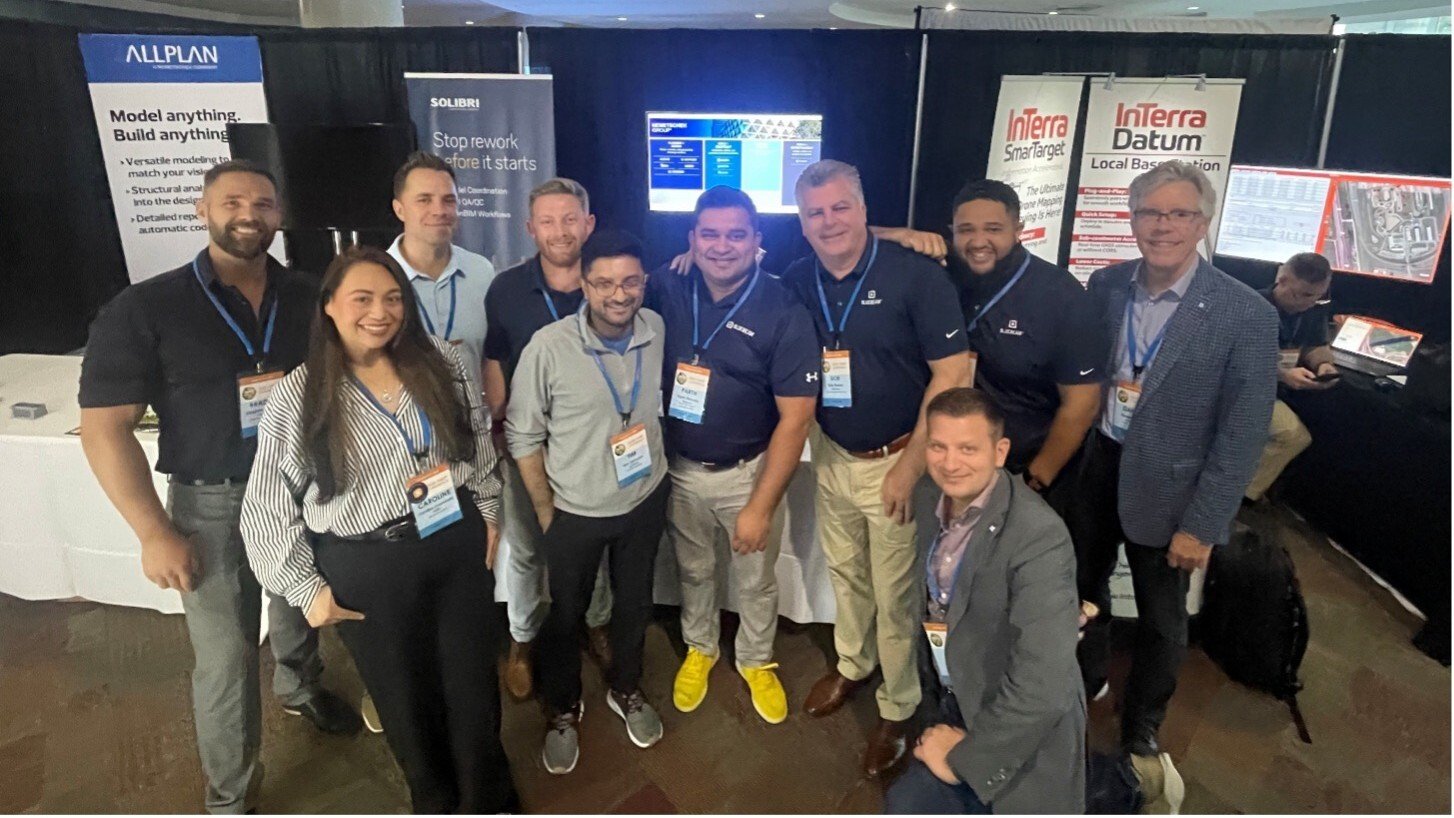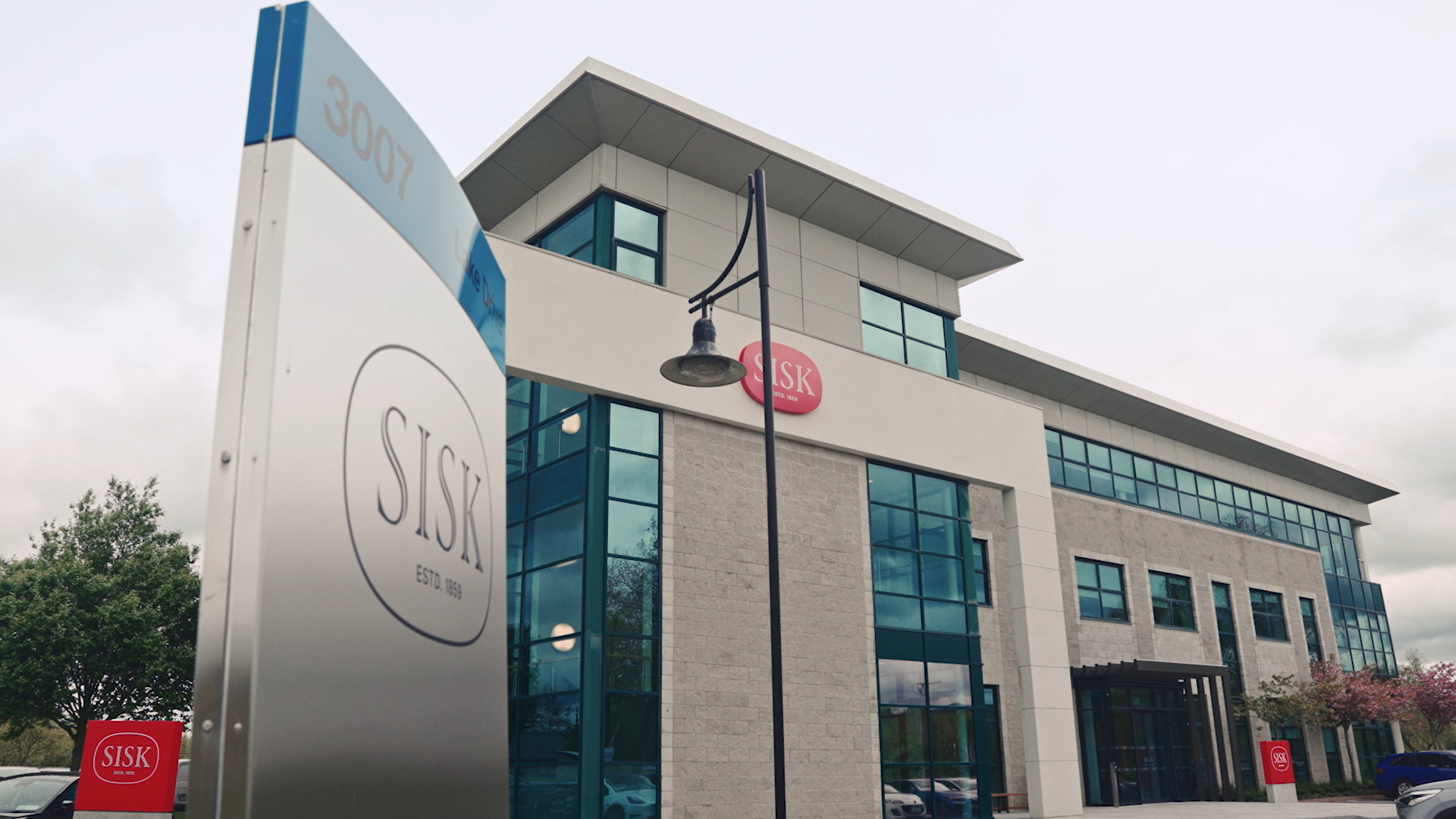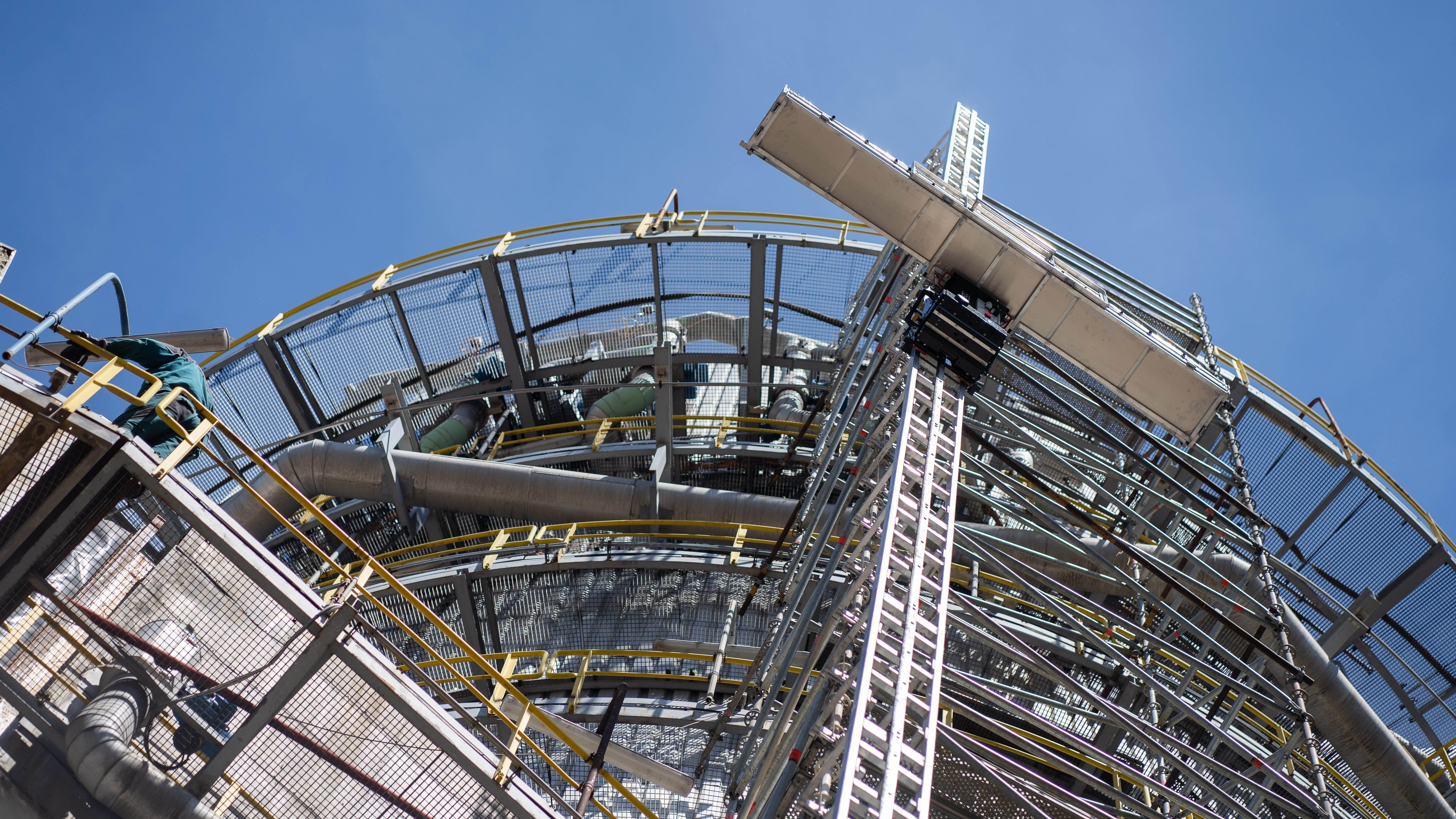Think Big: How AI is Transforming the AEC/O Industry
AI is revolutionizing the AEC/O industry, bringing unparalleled advancements and efficiencies. In this blog article, discover how AI is streamlining design, enhancing construction safety, and optimizing building operations, and what the future holds for this dynamic sector.
Author
Charlie Sheridan
Chief Data and AI Officer
This article belongs to the collection Artificial Intelligence.
To the topic pageOver the span of only a few short years, artificial intelligence (AI) has advanced at an almost inconceivably rapid pace, evolving from an exciting yet largely enigmatic buzzword into one of the most groundbreaking technological developments in history. And while its revolutionary impacts are sure to be felt across industries, the AEC/O sector finds itself on a uniquely significant and expeditious path of transformation.
Importantly, the integration of AI into critical AEC/O processes has massive implications not only for professionals in the field but for society as a whole. After all, we’re talking about an industry that was valued at $12 trillion in 2023, an astounding figure that is expected to nearly double over the next five years. Moreover, in addition to its economic contributions, the AEC/O industry is responsible for designing, building, and maintaining the entirety of our global infrastructure, and the impacts of its work on the quality of life for communities around the world, as well as the environment, are of increasingly crucial importance.
Put simply, AI’s burgeoning influence over the AEC/O space and across the building lifecycle has the potential to result in considerable economic, infrastructural, and environmental benefits, and fortuitously comes at a time when the industry needs it most. Between rising costs, historic and ongoing labor shortages, and longstanding design inefficiencies hindering sustainability, the integration and further rapid development of AI-based technologies can allow for the effective mitigation of the sector’s most urgent challenges to date.
But what, more specifically, makes the use of AI such a game-changer for the AEC/O industry, and what can we expect in the future as these technologies and their capabilities continue to advance?
Accelerating AI Innovation in AEC/O Industry: A Path to Sustainability
Even at current levels of development and functionality, AI is already rapidly transforming the AEC/O industry, streamlining processes, and driving both innovation and sustainability. Perhaps most notably, the introduction of generative artificial intelligence (GenAI) in recent years has greatly enhanced capabilities and led to the development of new supportive technologies for all phases of the building lifecycle.
For example, when it comes to the earliest stages of a building’s design, tools like the AI Visualizer (in Archicad, Allplan und Vectorworks) allow architects and interior designers to integrate the power of GenAI via Stable Diffusion into their building information modeling (BIM) solutions, and in turn generate multiple high-quality, 3D design visualizations in a matter of seconds. By simply typing in original design concepts and additional specifications and parameters, the iterative design process becomes not only more efficient through rapid prototyping, but also bolstered by virtually limitless enhancements to creativity and conceptualization.
Of course, this is just one of an expanding variety of innovative GenAI applications in the AEC/O sector, and through sharpening capabilities such as deep semantic understanding, complex reasoning, and multimodality, this technology represents a veritable step change in what can be accomplished from the earliest stages of design, all the way down to the final deconstruction and demolition phases.
However, the industry's transition from 2D to 3D design remains a significant challenge, primarily due to regulatory complexities. Despite this, AI offers a promising solution by bridging the gap between these two worlds. By predicting energy consumption, optimizing material usage, and extending the lifespan of building components through predictive maintenance, AI is poised to overcome these barriers, leading to more sustainable building practices across the board.
The adoption of digital twins is also reshaping the building lifecycle. Projected to grow 15-fold by 2032, this technology integrates data across design, operation, and demolition phases, ensuring efficiency and accuracy at every stage. Coupled with AI-driven real-time monitoring, digital twins enhance construction safety, reduce material waste, and support sustainability goals, thereby redefining industry standards for efficiency and environmental impact — much like the one we recently built for our headquarters — are becoming more and more advanced every day. Rather than simply existing as a reflection of an environment, we are quickly approaching a future in which AI-powered digital twins become the very foundation on which building projects are designed, executed, and maintained.
The integration of cloud-based AI further revolutionizes the industry by providing the processing power needed for complex tasks like rendering and project management. As architects and contractors move their workflows to the cloud, they benefit from enhanced data accessibility and improved collaboration. This shift not only streamlines project management but also supports sustainable practices by reducing the reliance on physical data centers, cutting carbon emissions, and promoting smarter resource management.
In real estate and property management, AI is revolutionizing energy optimization through advanced Demand/Response systems, enabling buildings to seamlessly balance energy demands with the availability of green energy sources. By intelligently managing energy consumption, these AI-driven systems ensure that buildings draw power when renewable energy is most abundant, reducing reliance on non-renewable sources. This not only conserves energy but also minimizes operational costs and lowers the building’s carbon footprint. The integration of AI enhances the efficiency of building systems, proactively adjusting to fluctuations in energy availability and preventing potential issues before they arise. As a result, buildings not only meet sustainability targets but also contribute to a more resilient and environmentally responsible energy grid.
As AI becomes more deeply embedded across design, construction, and facility management, the AEC/O industry is set to accelerate innovation, achieve greater efficiency, and uphold sustainability. This comprehensive integration marks a new era for the built environment, where technology not only drives progress but also ensures a more sustainable future.
Looking Toward the Future
The impacts mentioned above provide only a brief glimpse into what AI-based technologies are beginning to accomplish today. They don’t even begin to scratch the surface of what we can expect from future integrations of these tools as they continue to evolve.
More specifically, through the combination of AI’s constantly growing analytical capabilities and the increasingly immersive nature of VR devices and experiences, advanced digital twins are on track to introduce the AEC/O sector to a whole new set of revolutionary capabilities. This includes allowing teams to interactively explore the virtual equivalents of complex physical structures in real-time, simulate and predict future building performance and lifecycle management needs, facilitate and enhance collaborative decision-making, and even aid in the visualization, monitoring, and optimization of entire cities and their infrastructure for systems management and sustainability.
Additionally, we’re still firmly in the early stages of GenAI innovation, and solutions such as AI visualization for iterative design only are only the tip of the iceberg regarding this technology’s growing impact on the AEC/O industry. It’s also important to keep in mind that as GenAI continues to advance, we will need to be increasingly mindful to ensure future solutions are developed and implemented ethically. This involves collaborating closely with architects to help them gain a clearer understanding of the role of these tools and to trust that they are designed to support and enhance their productivity and ability to innovate.
Overall, as the industry continues its rapid integration of AI, with current trends and innovations inevitably giving way to new ones, it’s impossible to predict with perfect accuracy how the transformation will play out. However, given the already astonishing capabilities and performance of existing technologies, as well as their inherent ability to constantly evolve over time, it’s safe to say that potential future impacts and use cases of AI in the AEC/O sector are limited only by our collective imagination.
Upcoming Webinar: A New Epoch: Adopt AI, Transform Architecture
To explore these emerging trends and possibilities further, I invite you to register for our upcoming webinar - A New Epoch: Adopt AI, Transform Architecture (22 October), where industry experts will delve into the latest developments in AI and its transformative potential.

.png)



